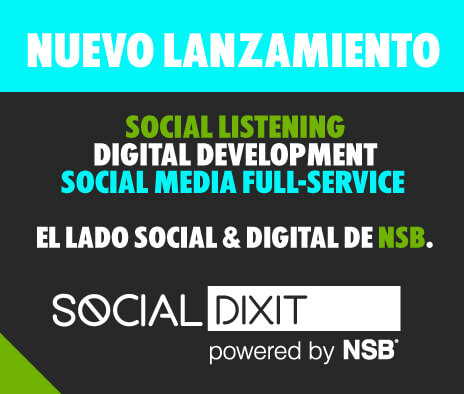1. Quality online environments 42% more cost effective for advertisers
Ads that appear in quality environments are 42% more cost effective for advertisers based on levels of engagement, viewability, above-the-fold placement and dwell time.
According to the research by GroupM and Newsworks, a premium exposure is 58% more likely to be 100% in view for at least five seconds. In quality digital environments – defined as a website where consumers have a deeper relationship or affinity with the brand – are 98% more likely to be placed above the fold, and 273% more likely to prompt a hover from a user.
They also produced stronger response rates, according to the report, with average uplifts of 10.5% for brand awareness, 19.2% for ad recall, 9.7% for brand perception and 10.3% for recommendation intent.
Source: GroupM and Newsworks
2. Inflation cools as retailers fight back against tough trading environments
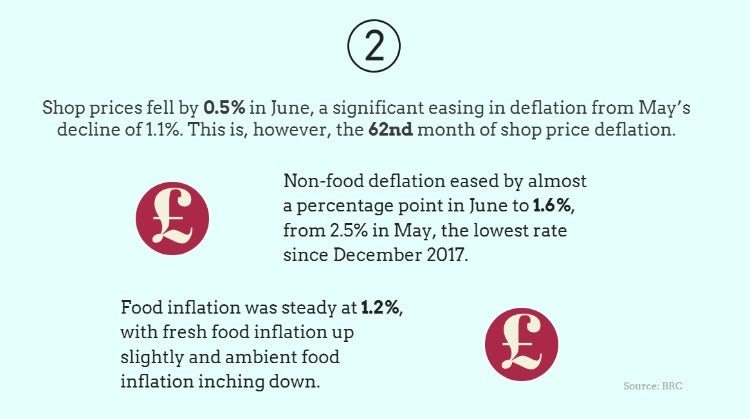
Shop prices fell by 0.5% in June, a significant easing in deflation from May’s decline of 1.1%. This is, however, the 62nd month of shop price deflation.
Non-food deflation eased by almost a percentage point in June to 1.6%, from 2.5% in May, the lowest rate since December 2017.
Food inflation was steady at 1.2%, with fresh food inflation up slightly and ambient food inflation inching down.
Source: British Retail Consortium
3. Consumers are opening more marketing emails, and clicking
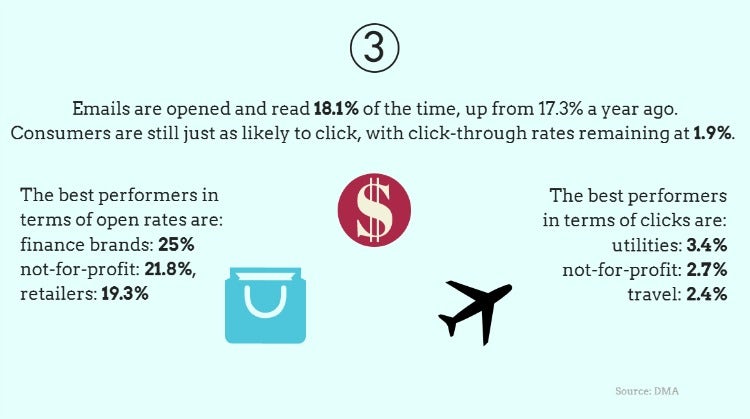
Emails are opened and read 18.1% of the time, up from 17.3% last year, with consumers still just as likely with click-through rates remaining at 1.9%.
Finance brands perform the best, with an open rate of 25%, followed by not-for-profit on 21.8% and retailers on 19.3%. In terms of clicks, however, the utilities sector leads the way on 3.4%, followed by not-for-profit on 2.7% and travel on 2.4%.
Business-to-consumer emails are much more likely to be opened – with a 19.7% open rate compared to 15.1% for business-to-business (B2B). But, B2B has a higher engagement rate once opened, with a click-through rate of 3.2% compared to 2.1% for consumer emails.
However, there remains a disparity with consumers’ view of how many emails they open, with 57% of people believing they open at least every other email they receive.
Source: DMA
4. Brands struggle to make progress with digital transformation
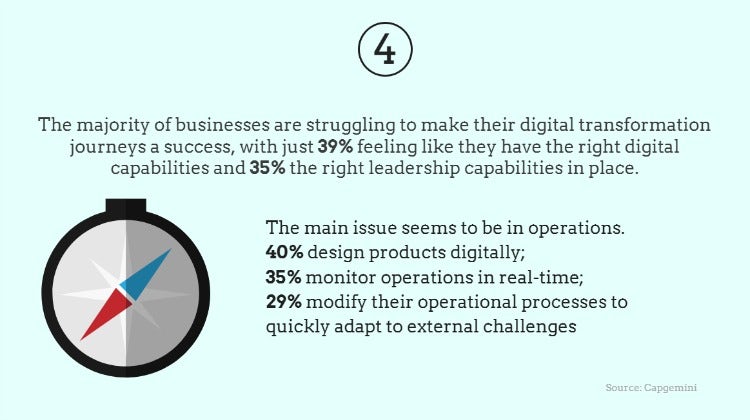
The majority of businesses are struggling to make their digital transformation journeys a success, with just 39% feeling like they have the right digital capabilities and 35% the right leadership capabilities in place.
The issues appears to be operations, with just 36% describing this as an area they excel in. Just 40% or organisations design their products digitally, while 35% are monitoring operations in real time. And just 29% modify their operational processes to quickly adapt to external challenges.
There are also issues with collaboration, with only 38% saying employees can work together digitally and a third (33%) agreeing that digital technologies improve communication between senior execs and employees.
Poor digital culture is stalling progress, with 64% of firms saying they do offer all staff the opportunity to take part in the conversation around digital initiatives, and just 38% saying they have a formal programme to reskill employees.
Source: Capgemini
5. Digital ads drive in-store footfall

Digital ads can help to drive in-store footfall with mobile playing an increasingly important role in shopping habits. Some 29% of UK consumers have bought groceries on their mobile phone in the last three months, while 55% use to it to check prices and 30% to read product reviews when in store.
Given this data, OnDevice Research carried out a separate study on the impact of mobile digital ads. It showed that they result in a 14.2% uplift in in-store footfall following exposure to the campaign. There was also a 9.1% increase in unaided brand awareness and 1.9% increase in purchase intent.
Fuente: https://www.marketingweek.com/


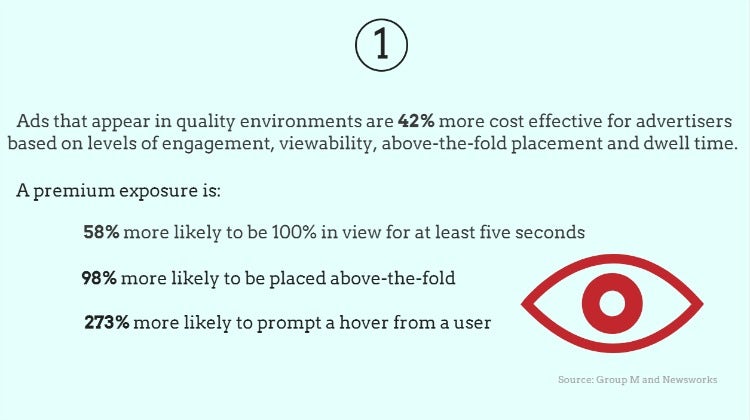
 Versión PDF
Versión PDF





